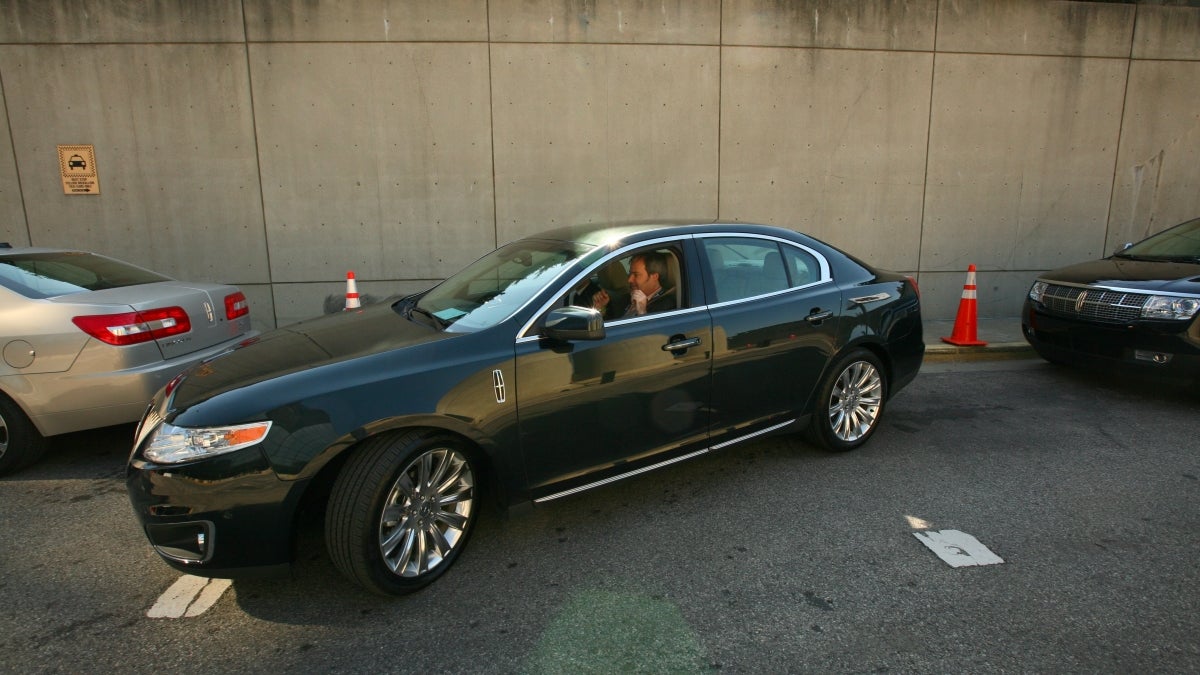Ford parks for you and keeps your kids safe
Ford shows off two new technologies at the 2009 New York auto show, one to help you park and one to limit what your kids can do with the car.

During the 2009 New York auto show, Ford let us try out a couple of technologies it is introducing. The first is called Active Park, and parallel parks your car for you. Lexus previously rolled out a self-parking car with its LS model, but Ford has refined the concept and made it more user-friendly.
For the demonstration, we got into a Lincoln MKS equipped with the technology and started driving. After pushing a button to activate the system, the car goes into parking spot search mode. We drove by two cars parked at the curb, and the system told us we could fit in the space between them, and advised us where to stop so it could commence parallel parking.
As with the Lexus system, we had to put the MKS in reverse and control the brake and the accelerator, but the car handles the steering. As we backed up, the wheel spun around on its own accord, steering the car into the spot. The park distance warning sensors sounded off as we got close to the car behind us, and the Active Park system flashed a message that it was time to pull forward. Putting the car into Drive, the wheel again turned, straightening the MKS out so it would be parallel to the curb.
Where the Lexus system shows a graphic on its LCD, letting you tweak the positioning of the parking spot, the Ford system is supposed to accurately identify a spot. The Ford representative with us said the system had been tested with different types of curbs and even with ditches. For it to work properly you have to be between 1.5 and 5 feet from the cars at the curb, and the car has to be traveling under 6 mph.
One thing we particularly like about this system is that it makes finding a parking space easy. Put the system in search mode, and you can drive down the road at up to 20 mph. Active Park will chime when it finds a space in which the car can fit. With this feature, you don't have to drive along at 5 mph, looking at every possible space trying to guess whether you can fit.
The second technology Ford showed off is called MyKey, and lets parents set parameters such as maximum speed and stereo volume in the car, all tied to the key used to start the car. In our demonstration, a Ford representative put the administration key in the car, which is the key the parent would keep. In a settings menu, she turned on the maximum speed of 80 mph, set a chime to ring if the car goes over 45 mph, turned on volume control, and made it so traction control couldn't be turned off.
Then, starting the car with what would be the child's key, we tried to blast the radio. The volume that it was capped at was still a loud volume, but not ridiculous. That setting will at least save your speakers. More interestingly, we started driving without our seatbelts on, and the radio cut out after a few seconds. This feature seems a much better way to encourage seatbelt use than a recurring chime, because what kid would want to drive without music?
Active Park will first be available on the Lincoln MKS and MKT later this year, then will turn up as options for the Ford Escape and Mercury Mariner. MyKey will also become available later this year on a wide range of Ford cars.

